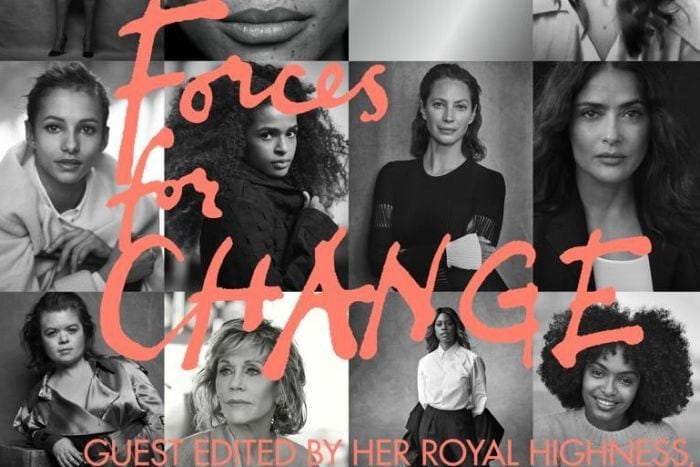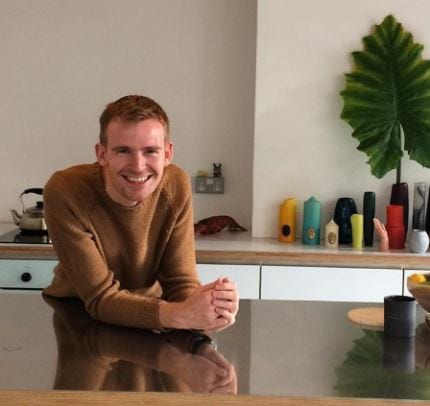Few will have escaped the news that the September issue of British VOGUE has been guest edited by HRH The Duchess of Sussex. The September issue celebrates women who are acting as “forces for change” in the world. In the age of influencer marketing, what a coup for the Condé Nast published title to have one of the most famous women in the world temporarily take over the reins of one of its most iconic magazines. Not only did this create a global talking point, reinforcing the title’s relevancy in an age when social media has overtaken print on reporting trends, it (ironically) earned the magazine multiple mentions on the fastest growing Instagram account in the world.

The @sussexroyal account, the official Instagram of the Duke and Duchess of Sussex, broke the Guinness World Record for follower growth on 2nd April 2019 gaining one million followers in just five hours and 45 minutes. This has since increased to over nine million followers.
While not everyone is lucky enough to have a world-famous royal bolster to their popularity, there is a noticeable shift in brands moving away from having traditional commercial influencers endorse their products or services.
In an industry that is oversaturated, it is no longer enough just to be “Insta-famous.”
As a result, commercial Instagrammers are going to extreme lengths to stand out. Take Marissa Fuchs, whose “surprise” proposal, which played out on social media, turned out to have been pitched to brands months before. The incident, referred to as “sponcon,” happened shortly after a study found just four percent of people currently trust what bloggers, vloggers and celebrity product endorsers say online.
Brands instead (in a bid to be more credible, original and authentic), are partnering with interior designers, adventurers and even estate agents to be their ambassadors and storytellers.
In the Spring, Christie’s, the auction house, caught the interiors world by surprise as it hired interior designer Beata Heuman to curate a dream home using auction pieces, images of which were shared across both Christie’s and Beata’s social media channels. The partnership injected a sense of modernity into the 253-year-old auction house, delighting both new and existing audiences.
Outdoor clothing designer Patagonia also recognises the need for authenticity and credibility in its ambassadors, recruiting climbers, skiers, snowboarders, and surfers to test the efficacy of its products and showcase the results on its website.
Finally, fashion brand Ermenegildo Zegna partnered with estate agents Albert Hill and Matt Gibberd of The Modern House in a poignant campaign around the impact of architecture on our inner most feelings. The brand recognised The Modern House’s specialism in luxury property, coupled with Zegna’s status as luxury fashion designer was a winning formula, given their shared target audience, and used this as a way to inspire its social media followers and website visitors with thought-provoking content.
I believe influence is infinite; there will always be individuals who make an impression on trends and behaviour. However, it is a marketer’s job to seek out influencers who speak to our brands’ target audiences with the greatest impact and with the most integrity.



